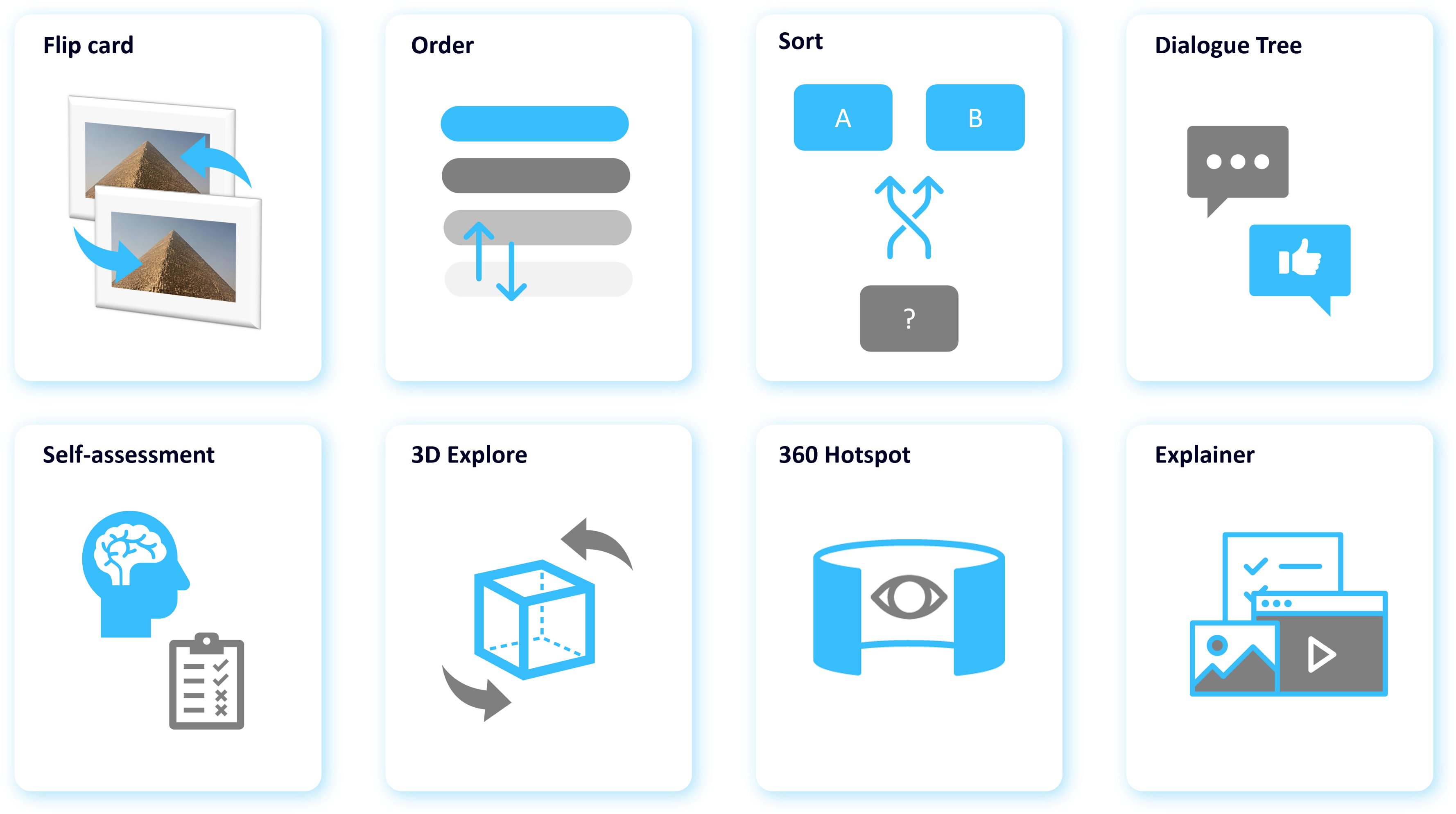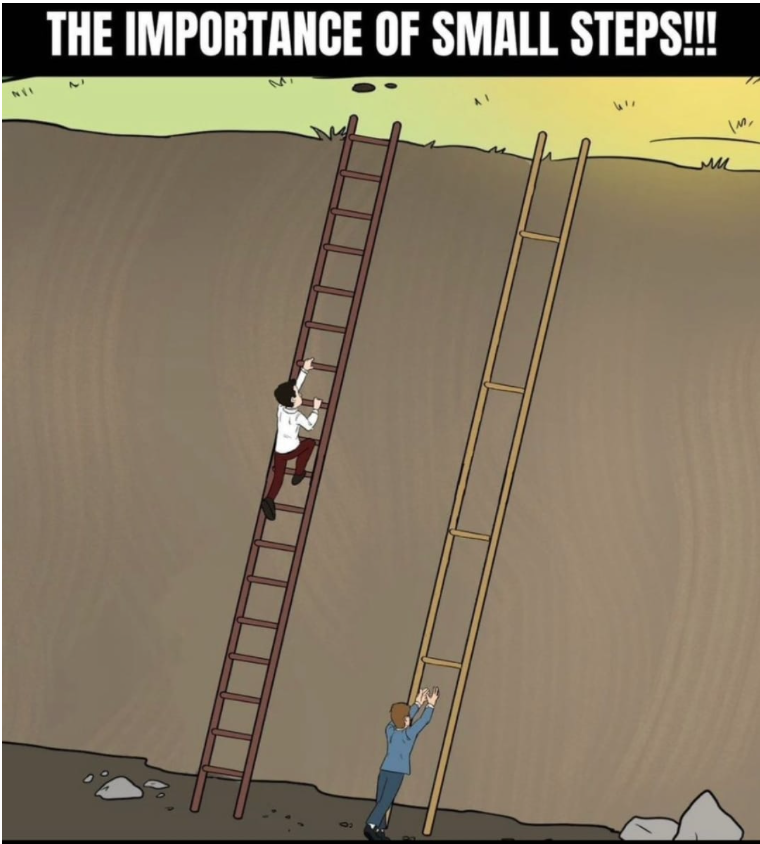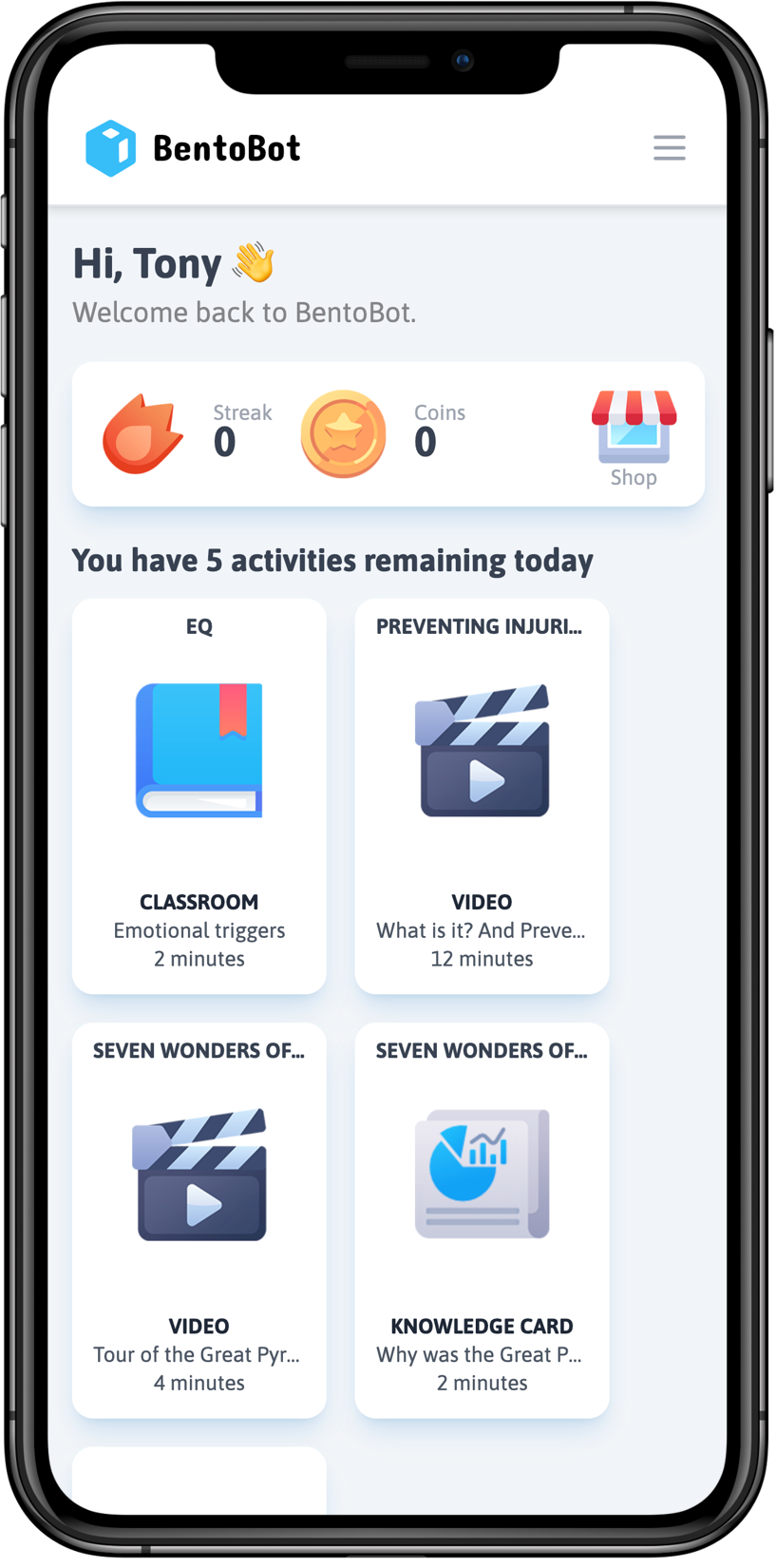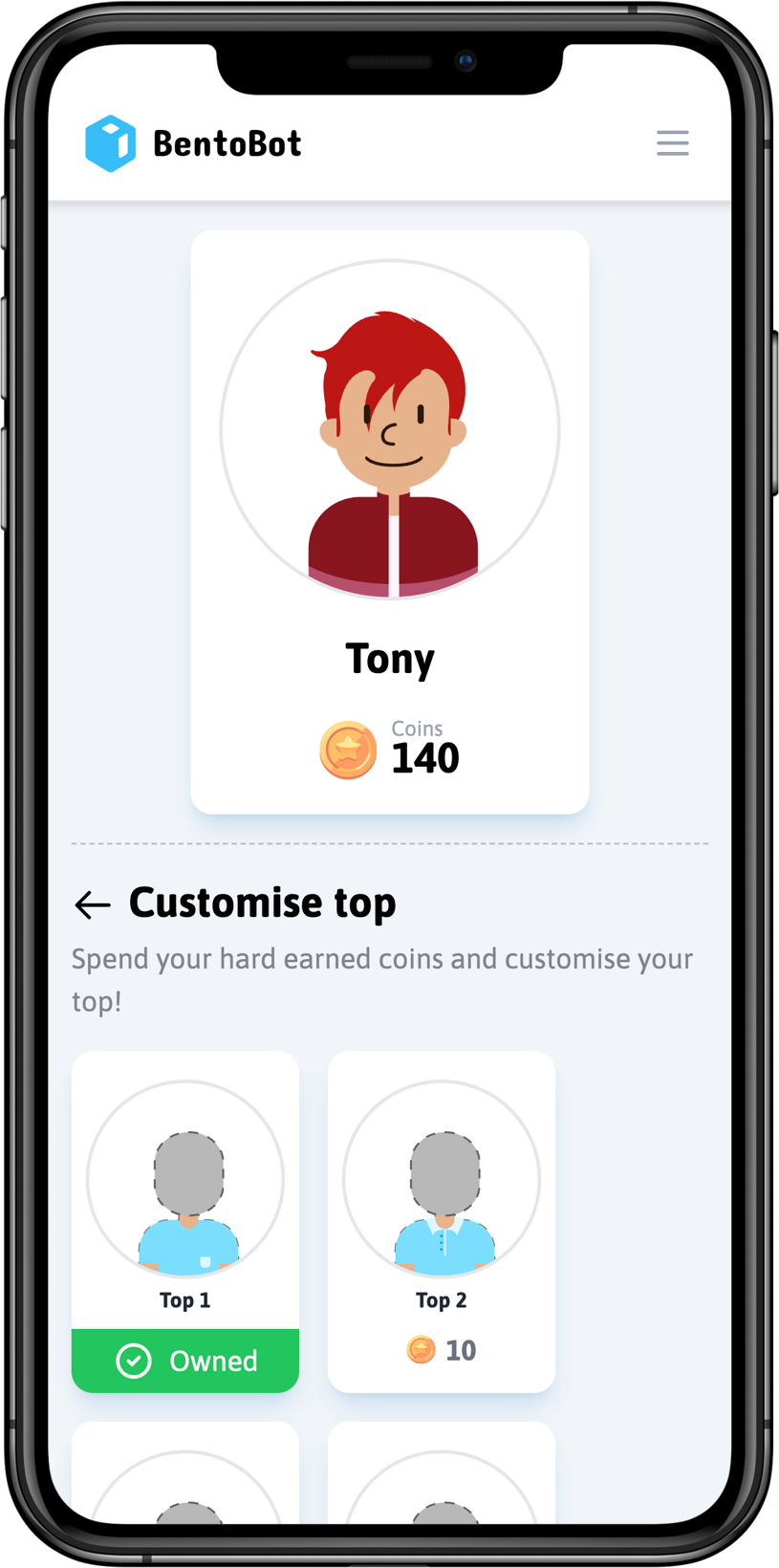What can BentoBot do for you?
It has long been accepted that achieving consistent behavioural change, which generates a genuine return on investment, is the holy grail of learning and development. Organisations often experiment with various learning designs and delivery channels, but far too often with little, or only short-lived success. It’s a relatable problem, and according to research only 12% of employees apply new skills learned in L&D programmes to their jobs¹. So how do you then make sure all the information from these courses are retained and built upon, so the desired behaviours that follow becoming second nature? The secret lies almost exclusively in the embedding of any learning, and to do this we must overcome these three challenges presented to us:
- We forget! Remembering things takes a lot of practice and repetition for it to stick.
- Different learner styles. We don’t all learn in the same way, we need a variety of media.
- Staying motivated. We need digestible chunks, with little wins on the way
Learning not to forget.
Modern studies suggest that we forget about 50% of new information within an hour of learning it. And that goes up to an average of 70% within 24 hours. We can blame biology. Conserving energy has been essential for humans’ survival, and as a result our brains quickly forget what we don’t use regularly. This presents a problem, but there is a solution!
There’s a reason the phrase “practice makes perfect” exists – just like riding a bike or learning lyrics to a song, the more we do something the further it embeds. Spaced repetition isn’t a new way of learning; in fact, as a learning psychology it’s largely attributed to Hermann Ebbinghaus, a German psychologist who pioneered investigations into memory in 1885. The result of the experiments was Ebbinghaus’s forgetting curve. He found that the rate at which he forgot could be slowed down by repeating the learning at intervals. This is the basis for spaced repetition – repeating information at set intervals over time allows us to overcome the forgetting curve and increases our knowledge retention. It’s exercising memory muscles until our brain deems it as important.

Our own studies show an average 33% increase in knowledge retention, when using this scientific learning principle.
The Dr. Martens store manager, reflected on the increased confidence in the sales team members, leading to such an uplift in sales conversions that they struggled with supplier stock outages.
Catering for individual learning styles.
No two people are alike. Everyone is unique and experiences the world differently, so it’s not surprising that we all learn in different ways too. Research has proven that when we engage a number of our senses, we understand and remember more. There are four key learning styles to consider; visual, auditory, reading and writing, and kinaesthetic (VARK).

Visual Learners.
They understand and absorb new information more effectively when it’s presented to them graphically. This might include using images, animations, and videos. When presenting data, use charts and infographics. This will help them retain the information.

Auditory Learners.
They tend to learn better when the subject matter is reinforced by sound. In other words, they learn by listening. Think about voice-over videos, audio recordings and podcasts that they can rewind and listen to as needed.

Reading/Writing Learners
They prefer to learn through written words. They like books and articles and write down what they’ve just learnt to help them remember it better. You’ll often catch them reading reports, video transcripts, case studies, or blogs, and taking detailed notes during company meetings. Short articles, blog post links and white paper summaries could work.

Kinaesthetic Learners
They learn best by experiencing or doing things. They thrive when mimicking real-life situations, solving problems through a trial-error method, or touching and handling objects. Possibly not the easiest when creating digital assets but try to give them a physical task to complete, a sorting activity in the learning, for example, or let them see and digitally handle a product.
Multimodal learning combines visual, auditory, reading and writing and kinaesthetic (VARK) learning modes to appeal to diverse learning styles and create an exciting and engaging learner experience. It presents a wide variety of media to maximise learning potential and help people remember.

BentoBot leverages multimodal learning with these extensive component options.

BentoBot multimodal components at play.
The importance of small steps.
 Often, we give up when a problem feels impossible, this is normally because we have set ourselves an insurmountable long-term target. The task we have set ourselves to complete feels overwhelming, we know we’ve got to do it, but we’re not sure how to start, so we put it off, we procrastinate over it, and push it to one side for as long as possible. But if we set ourselves a small challenge daily, it’s
Often, we give up when a problem feels impossible, this is normally because we have set ourselves an insurmountable long-term target. The task we have set ourselves to complete feels overwhelming, we know we’ve got to do it, but we’re not sure how to start, so we put it off, we procrastinate over it, and push it to one side for as long as possible. But if we set ourselves a small challenge daily, it’s
- Digestible, and
- We are instantly gratified for our accomplishments.
This might sound silly, but how many of us have written to-do lists at the end of the day just to cross things off and feel accomplished? So large goals and tasks feel impossible; small digestible steps feel better.
It’s no different for learning. We need to focus on the step in front of us, not the whole staircase. The other thing going on here is that it plays to our reward mechanisms. Reward psychology tells us that continuous reinforcement is the most effective schedule when we are trying to establish a new behaviour.
Providing a reward every time, helps to reinforce the behaviour, hype up motivation and increase attention spans among learners. We can’t climb mountains in one go – we need digestible chunks, with little wins on the way:
Make it Obvious
Rather than keep goals and intentions abstractly in mind, create a system with specific metrics.
Make It Attractive
Bundle the new behaviour that you need to do with a follow-on habit that you enjoy doing.
Make It Easy
Set up a work environment that helps you focus on the task at hand.
Make It Satisfying
Nothing is more motivating than incremental successes.
The beginning of BentoBot.
In addition to the three challenges presented to us, with today’s professional landscape evolving fast and the rapid introduction of hybrid working, how we engage and develop our people needs to adapt at pace too. Solving the challenge of making learning stick isn’t easy, it’s something that L&D providers and in-house L&D teams alike will tell you they struggle with.
Achieving genuine behaviour change is something we’re very passionate about and it’s something we’ve been studying and working to solve for several years. Our initial solution leveraged spaced repetition to embed the learning, and with great success – a proven 33% increase in knowledge retention as referenced in the case studies for TUI and Dr. Martens.
But it needed the full end-to-end learning solution where learners could learn as well as practice, and clients could easily create, curate, deploy and measure with LMS/LXP integration. BentoBot is the accumulation of many years of research, and it solves all these challenges and more.
- Multimedia – appealing to everyone
- Bite-sized chunks – little steps, also on the go so we don’t have to fit chunks of learning time into our busy schedules
- Instant gratification – those little wins
- Spaced repetition – to combat forgetting

Variety of media
Classroom
videos
knowledge cards
& more

Small steps
Bite-sized chunks
Reward every time
Leverage dopamine

Spaced Repetition
Workouts and
quizzes
The future of learning is hot with Bentobot!
BentoBot powers up your performance with bite-sized, multi-modal learning, combined with the very best engaging AI to specifically target individual knowledge gaps. Top spec gamification that maximises reward psychology and effortlessly engages your learners. Plus, it’s home to a fully customisable learning suite, with no need to change your existing learning platform. BentoBot is good for everyone – the learner, L&D teams and the organisation.
